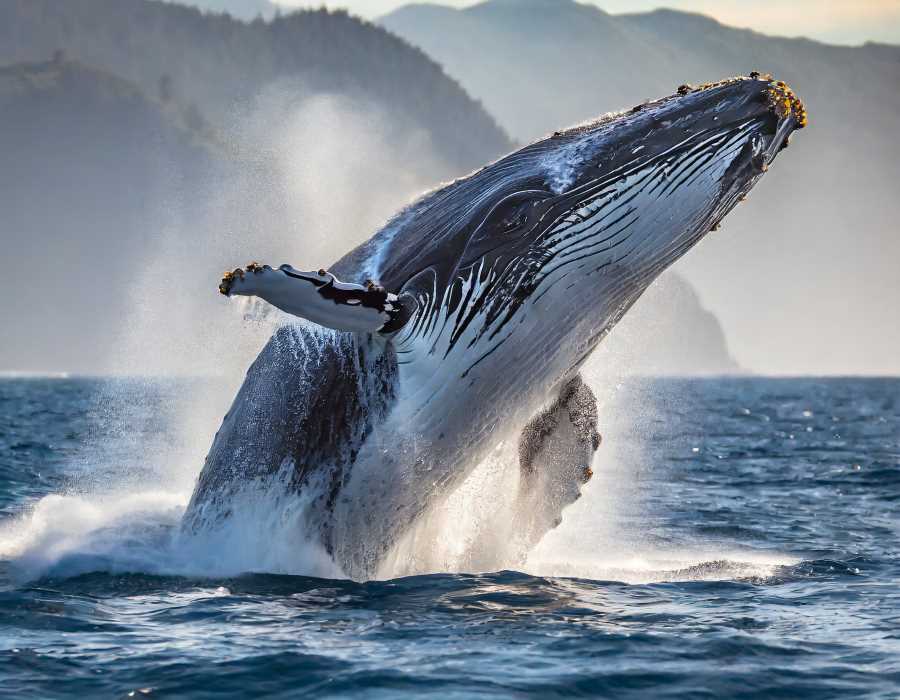The Whales of the Pacific Coast of Baja California Sur
Dive into Baja California Sur's oceanic wonderland! Unravel the mystery of whales, Earth's rockstars, from the mustached Mysticeti to the toothy rebels, Odontoceti. It's a deep-sea adventure – join the ocean's guardian party.

The majestic whales of the Pacific coast of Baja California Sur have long been the talk of the town. Whenever the topic arises, the question on everyone's lips is, “How many whales are there?” While it may seem like a simple query, the answer might not be as straightforward as it appears. So, why not embark on an adventure together and uncover the truth for ourselves? We'll start with some basic information to set the stage for our thrilling exploration.
First things first, let's clear up any misconceptions. Whales are not fish; they are magnificent mammals, just like dogs, cows, or even humans. And like all mammals, they require air to breathe. Fun fact: whale calves are born directly from their mothers after a little growth inside them, making them viviparous animals. These awe-inspiring creatures feed their young ones with milk, just like any nurturing mother would.




